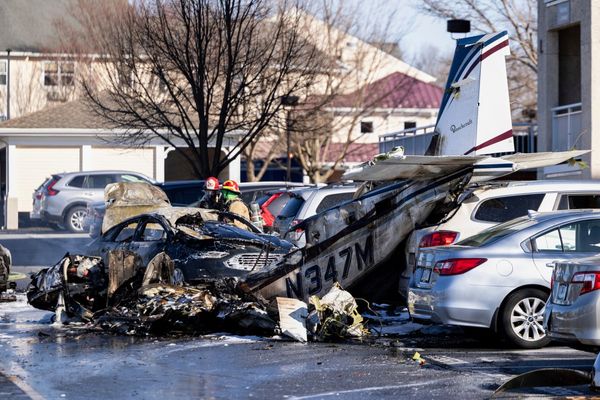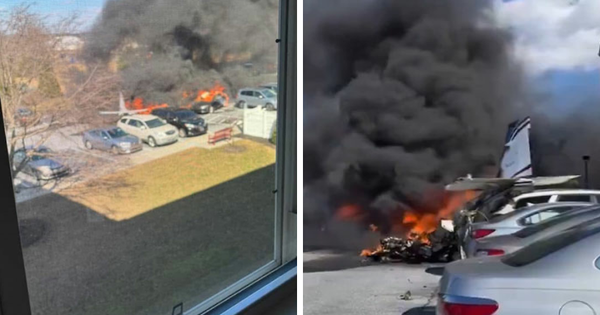
Last Monday, King Charles emerged from a private clinic alongside Queen Camilla to smile and wave to a small crowd.
The message that Buckingham Palace wished to convey was obvious – the monarch is strong and will carry on his duties, despite the health setback.
Hours earlier, his daughter-in-law Catherine, the Princess of Wales, was driven away from the same hospital after planned abdominal surgery.
For several days, the global media speculation over their health – and that of the monarchy as a whole – died down.
But Monday’s surprise announcement that Charles has been diagnosed with a form of cancer inevitably provoked another frenzy – and will once again raise questions about whether it is fair to expect a man in his mid-70s to fulfil a rota of public duties.
He started his new job a decade after most men retire. For many, it will seem as if fate has placed another challenge before a reign that has been so long in the waiting.
Seventy-two years ago, when his grandfather died and his mother became queen, Charles became heir apparent at the age of three. He held that title for 70 years – longer than anyone else.
Since taking over, he has been a fairly cautious king, working within the new restraints but still finding ways to focus on the issues that matter to him, such as the environment.
So far, the public seems to have taken to him, with a recent poll finding that more than 50% of people who were surveyed said he was doing a good job, with only 9% saying he was doing a bad job.
He has slowly but surely been making his own mark as king but the treatment last month on his enlarged prostate, and now this announcement, will raise questions about how he will fashion the role in the future.
As ever, the palace has been keen to show that business goes on as usual, insisting the monarchy can continue to work and thrive without Charles and Kate doing ceremonial duties.
Camilla has continued with her diary commitments and when well-wishers inquired about the king’s health during the week, she gave polite reassurances that he was “doing well” and getting on with his recovery.
The palace statement certainly gave the impression the king hoped to be back soon. It said the king “remains wholly positive about his treatment and looks forward to returning to full public duty as soon as possible”.
And he has bounced back before, though none of his previous injuries and ailments have been as potentially serious as this.
Charles has kept active with hill-walking and gardening, but has suffered from back pain, attributed to numerous falls from horses.
His passion for polo was the source of many of his previous injuries. He retired from the sport after more than 40 years of playing, having broken several bones.
In June 2001, he fractured a small bone in his shoulder after falling off his horse during a fox hunt.
While tending to his gardens he once accidentally hit his thumb with a mallet and broke his finger, almost severing the tip.
In 2008, he had a non-cancerous growth removed from the bridge of his nose in a minor, routine procedure and in 2003 had a hernia operation at the private King Edward VII’s Hospital in London, the hospital favoured by the royal family.
In March 2020, Charles, then 71, caught Covid-19 before vaccinations were available, but only had mild symptoms. He caught Covid for a second time in February 2022, but was triple-vaccinated.
For now, the palace says, he has postponed public-facing duties, but will continue undertaking state business and official duties.







